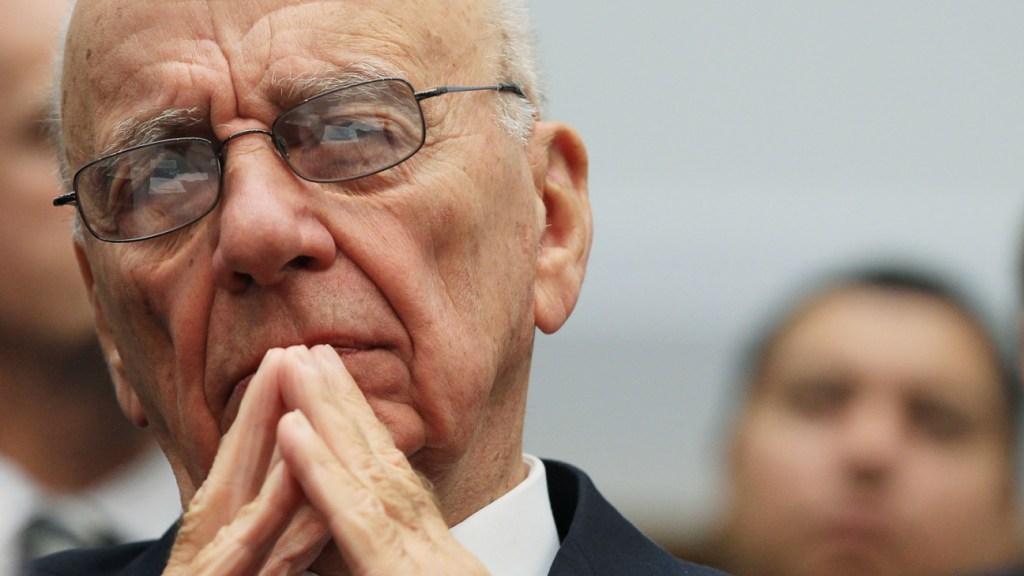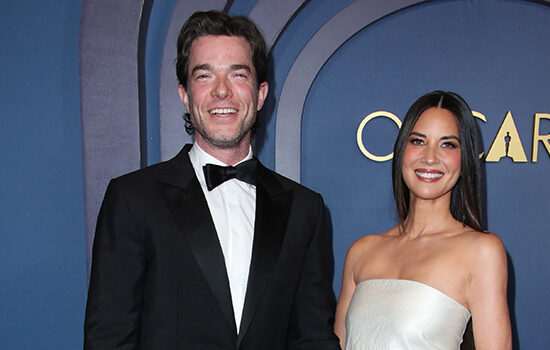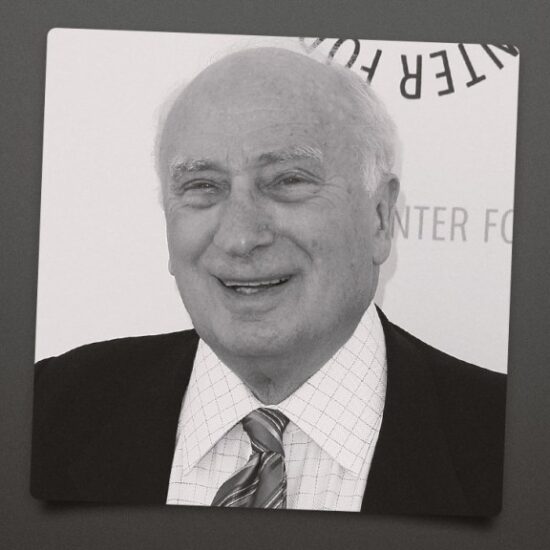
The last time Rupert Murdoch believed that he had created the Next Big Thing, he celebrated at the Temple of Dendur.
The Roman Egyptian temple, completed in 10 BCE, was dedicated to the Egyptian goddess Isis, who was believed to help the dead enter the afterlife.
Now a few Millennia later, the Temple of Dendur resides as a centerpiece in the collection of New York’s Metropolitan Museum of Art, where thousands of visitors gather each year to marvel at its grandeur.
The evening of Oct. 24, 2007, Murdoch gathered New York’s business and media elite at the Temple, where hundreds of candles spelled out the word “FOX” as they entered the venue.
The purpose of the party was a celebration of Murdoch’s new idea, one conceived with his Fox News lieutenant Roger Ailes: a competitor to CNBC called Fox Business Network.
“In this country we have the best-run, the most corruption-free companies in the world,” Murdoch told the assembled guests at the party, which took over nearly the entire Sackler wing of the museum (named after the now-infamous family behind Purdue Pharma, the company that pled guilty in 2020 in a scheme related to fraud and kickbacks).
In his farewell note to his employees Thursday, Murdoch railed against the “elite.”
“Elites have open contempt for those who are not members of their rarefied class,” Murdoch wrote.
Fox Business, at the time, was the toast of the elite.
Ailes was there, of course, as were a who’s who of the New York scene, including Regis Philbin, Mel Brooks and former GE CEO Jack Welch. Elsewhere, Harvey Weinstein, Les Moonves and numerous members of the Trump family all mingled under the golden lights.
Rupert Murdoch leaves the News Corp. building after the News Corp. board approved his bid to acquire Dow Jones & Co. July 31, 2007 in New York City.
It was, perhaps, the very peak of Murdoch’s power. Fox News was far and away the most-watched cable news channel, and in the waning days of the Bush administration, Republicans of all stripes were paying close attention to Fox’s programming as the 2008 primaries heated up.
MySpace, which Murdoch had acquired two years earlier, was valued at $12 billion as Murdoch appeared poised to be a winner in the emerging social network wars, blissfully unaware of the Facebook freight train about to leave the station.
And earlier that year, Murdoch acquired for $5 billion what would become one of his prized possessions: Dow Jones, the owner of The Wall Street Journal, now the flagship newspaper in Murdoch’s empire.
The Australian media mogul had always been a builder and a buyer, often leveraging one asset to buy or build another.
His foray into the U.S. began with newspapers, but quickly expanded with the acquisition of the 20th Century Fox Film Corporation in 1985. Murdoch used that initial acquisition to make an ambitious bet: that the market could sustain a fourth broadcast network, a competitor to NBC, CBS and ABC.
The Fox network launched a year later.
The success of Fox in turn helped Murdoch spark his next big project: A cable news channel that would appeal to the increasing number of Americans who had grown to distrust the American media system, and the “elites” running them.

THR‘s front page coverage of Fox News’ launch on Oct. 7, 1996.
The result was Fox News, which launched in 1996.
It wasn’t until after the 9/11 attacks that Fox News overtook CNN as the cable news leader, but once it did, it never looked back. And it quickly established itself as the most powerful force in conservative media, and as the de facto voice of the Republican party, which at the time had George W. Bush as its standard-bearer.
So 2007 and the launch of Fox Business was, perhaps, the height of Murdoch’s power.
He kept buying, and he kept building, but none of his creations, either acquired or built in-house, could match his rise in the 1990s. News Corp. would sell MySpace in 2011 for a mere $35 million; Fox Business Network has pivoted its programming strategy many times over, and while it frequently beats CNBC in the ratings (thanks, in part, to more politics-focused programming), its influence, reach and value remain far below the brand it launched as a challenger.
Donald Trump’s rise to the top of American politics, followed by the death of Roger Ailes, reoriented Fox News, as the internal emails and text messages in the Dominion Voting Systems case show, with its top hosts now fully embracing Trump, a man whom Murdoch personally disdained.
In a sign of how Murdoch views M&A as a tool of power, the Dominion filings show that Murdoch considered buying the rights to The Apprentice, the NBC show that elevated Trump to national celebrity status.
“Anyone own the format? Trump would want a fortune, but maybe worth it,” Murdoch wrote in a note to his son Lachlan.
And in his biggest deal ever, Murdoch took the entertainment assets he acquired and built up, and sold them off to Disney in a $71 billion deal, a deal that now looks like a great one — for Murdoch at least — in hindsight. The result? a much smaller, more modest Fox, one with political clout but not the media might that it once had.
Murdoch continues to wheel and deal (in 2020 he sold a stake the company had in Roku, and used it to buy the free streaming service Tubi), but his original creations have been more quixotic, and less impactful.

Rupert Murdoch (left) speaks with former New York City Mayor Rudy Giuliani at the White House Correspondence Association Dinner April 21, 2007 in Washington, D.C.
Fox News, having conquered cable, expanded into podcasts and a book imprint. Its streaming service, Fox Nation, remains a niche offering, having tried numerous programming strategies over the years (with Tucker Carlson gone, its latest effort has been built around celebrity-driven content starring the likes of Kevin Costner, Kelsey Grammer, and Roseanne Barr). Fox launched a weather service, Fox Weather, meant to be an advertising safe space in the Fox News business, though there is no sign that it has become a serious challenger to the entrenched weather incumbents.
The Fox and News Corp. of today no longer seem to be the challenger brands, taking on the incumbents. Fox is king of cable news, the biggest boat in a sea that gets ever smaller each year, and the Fox broadcast network continues to kick along, driven largely by its lucrative Sunday NFL rights.
It’s fitting that the height of Murdoch’s power culminated at a party at the Temple of Dendur. Commissioned by the Roman emperor Augustus (a man who had his own succession problems), the temple is still standing, and thousands still flock to it every year.
But the Sackler name is gone from the building, and so are many of the boldface names in attendance that night. Rupert Murdoch is stepping out of the spotlight, but just what role he will play in his family’s media empire remains an unfinished book.
“Some of you are wondering why we are in the Temple of Dendur,” Ailes told the crowd at the Fox Business party that evening. “The temple was built by Emperor Augustus of Rome, sort of the Rupert Murdoch of his day. I said to Rupert, ‘We’re having an opening party at the Temple of Dendur.’ He said, ‘Good I like that place. Is it for sale?’”














